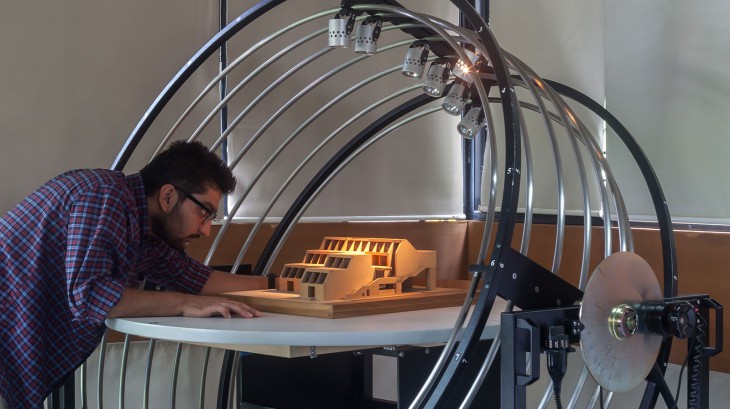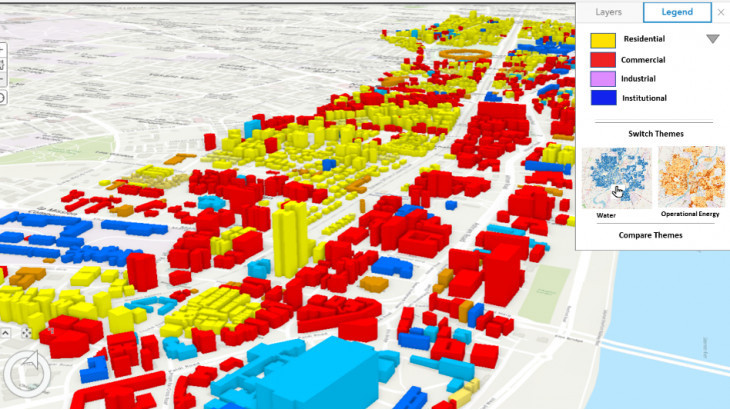
Indo-US Center for Building Energy Research and Development

Project details
2012 - 2017
Research
CARBSE
The five-year joint U.S. India Center for Building Energy Research and Development (CBERD) was created to advance buildings energy efficiency in both nations under the USAIDS supported Partnership to Advance Clean Energy (PACE) Research program. UC Berkeley (USA) and CEPT University (India) were joint partners in the program whose focus was to conduct collaborative research that results into reduction in energy use in buildings.
CBERD conducted analyses of how buildings in India and USA used energy through a Lifecycle Performance Assurance Framework (LPAF) that supported building system integration. The main R&D tasks under the project were:
Task 1: Simulation and Modeling: Enable commercial buildings to maximize their technical potential in design and achieve that potential in operation.
Task 2: Monitoring and Benchmarking: To support wider availability and use of energy information by a) developing packaged and scalable technical solutions for Energy Information Systems (EIS) and b) advancing the state of the art of energy benchmarking.
Task 3: Integrated Sensors and Controls: Demonstrate that the integration between control of HVAC, lighting, and plug loads into one, easy to use platform can have a measurable energy savings and load reduction effect on a building zone.
Task 4: Advanced HVAC Systems: Develop and test energy efficient HVAC systems
Task 5: Building Envelopes:
- 5.1 Advanced Building Materials – Develop experimental protocols and data on the benefits of adding Phase-Change Materials (PCM) to building envelopes to help operate buildings in mixed mode operation.
- 5.2 Cool Roofs – Demonstrate and quantify energy-saving impacts of cool roof technology and enhanced the cool roof market in India through rigorous demonstration and quantification of cool roof benefits.
- 5.3 Windows and Day lighting – Demonstrate energy efficient fenestration technologies and support the development of a rating system.
Task 6: Climate Responsive Design: To advance knowledge of well-designed climate-responsive architecture in terms of their indoor thermal environments, occupant’s response to the indoor conditions, the role of air movement in achieving thermal comfort for elevated temperatures, and the opportunities to judiciously combine both natural ventilation and low-energy mechanical systems in well-designed “mixed mode” buildings that can improve both energy and comfort performance.
The five-year collaboration enhanced ties between U.S. and India building energy researchers and industry, leveraged research funding to advance marketable building technologies, and improved capabilities for both nations to leapfrog development of building technologies and markets.
More Projects from CARBSE

